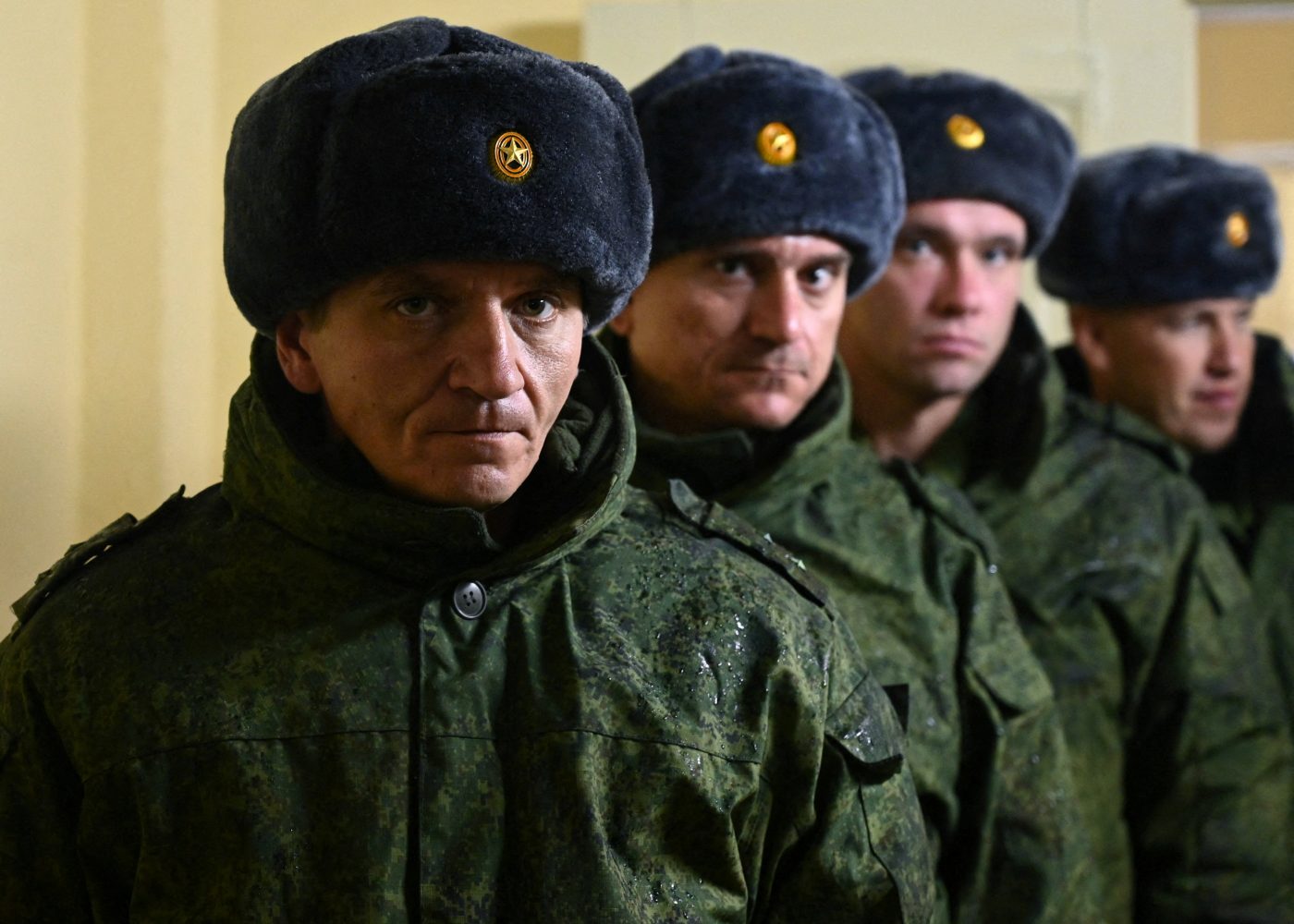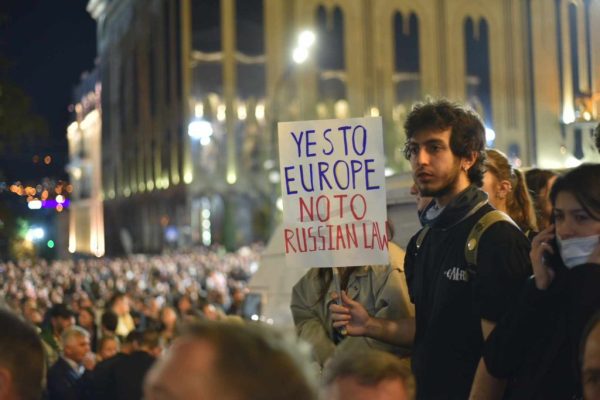Dmitry Peskov, the Russian leader’s press secretary, immediately rejected Ukraine’s claim, which would represent an embarrassing reversal after Putin’s November 1 announcement that mobilization had been completed.
Some pro-Kremlin commentators were notably more cautious, however. Former intelligence officer Anatoly Matviychuk said further mobilization is possible “in the event of a sharp deterioration” in Ukraine or on the border, though he warned it would be “a terrible blow to the economy.”
The exchange is a bit odd given that several Western and Ukrainian experts say the original mobilization never really stopped; they note that Putin didn’t issue a decree to formalize its completion. The Kremlin said such a decree is unnecessary, although, at the same time, the Duma was preparing legislation allowing five-year jail terms for draft dodgers. Shortly after Putin announced the end of mobilization, analysts at the American Institute for the Study of War concluded his administration was laying the ground for a covert continuation, hiding this fact because it fears rising social tensions.
Russian opposition groups agree, and say the authorities and businesses are preparing for a new wave of call-ups, in particular by modernizing recruitment centers and readying new lists. “The war continues and is not going to end any time soon,” said Lola Tagaeva, editor-in-chief of the Russian edition of Verstka. “The recruits will run out at some point. It will be necessary to supply new fodder for the war.”
Alexey Gromov, deputy head of the Main Operational Directorate of the General Staff of the Armed Forces of Ukraine, also said the mobilization in Russia has been switched to a covert mode. Military registration and enlistment offices have been instructed to continue searching for and recruiting volunteers ready to sign a contract for participation in the war, he said. This includes the recruitment of prisoners.
While it seems clear the mobilization announced in Russia at the end of September has never altogether stopped, it did slow in November as the army’s traditional fall draft got underway, and December 10 may be significant as a date marking a new acceleration. This year’s fall conscription started a month later than usual, on November 1, and the Russian authorities have announced it will be completed by the New Year.
Russia’s military system has struggled to cope with mobilization and planned conscription at the same time. As military experts note, the development of the Russian armed forces in recent decades has been focused on producing an army heavily reliant on contract soldiers at readiness for short conflicts, so registration and enlistment offices did not keep track of retired personnel or maintain their readiness. This helps explain the huge problems with logistics, provision of equipment, and training of the mobilized troops.
While the fall conscription is planned to last for several more weeks, the heaviest workload fell during its first month. It, therefore, makes sense that measures to continue covert mobilization have been activated now, when the pressure on the system has eased.
There are several signs of this increasingly active covert effort, including the announcement of a large number of benefits and payments for mobilized men and their families. In addition to lump sums and “bonuses” introduced in some regions, those who have fought in Ukraine automatically receive the status of combat veterans, entitling them to a number of benefits and monthly payments. The government, in turn, promised to increase these payments by one and a half times in 2023.
Another means to replenish the ranks, without triggering a new wave of panic in Russian society, is to attract foreign recruits. In mid-November, Putin signed a decree giving foreigners the opportunity to serve under contract. Pro-Kremlin Telegram channels are again discussing the possibility that as many as 100,000 North Korean “volunteers,” as well as military personnel from Central Asia and Africa, may join this effort. Even commentators loyal to the regime note the risks of such a decision, including the lack of patriotic motivation among mercenaries, which can lead to sabotage, betrayal, and increased risk of inter-ethnic conflicts.
Another indication that mobilization will continue even though registration and enlistment offices are unable to cope, was a mid-November order from the FSB on military information “which, if received by foreign sources, can be used against the security of the Russian Federation.” The list included “information on the observance of the law, morale and psychological climate among the troops, military formations, and bodies.”
Mobilized troops have been recording angry videos showing how they were thrown onto the front lines without preparation, or kept in terrible conditions without proper equipment. Some who refused to fight were confined to a basement near Luhansk for two weeks without sleep or food, after which they submitted a complaint about their commanders.
There will be more and more such stories, and the Russian special services are doing everything possible to stop the truth from emerging, and disrupting the already difficult hunt to find more soldiers for the war.
Kseniya Kirillova is an analyst focused on Russian society, mentality, propaganda, and foreign policy. The author of numerous articles for the Jamestown Foundation, she has also written for the Atlantic Council, Stratfor, and others.
Europe’s Edge is CEPA’s online journal covering critical topics on the foreign policy docket across Europe and North America. All opinions are those of the author and do not necessarily represent the position or views of the institutions they represent or the Center for European Policy Analysis.





